Crack sealing is your first defense against pavement deterioration because it offers several important benefits. Effective crack sealing keeps water from entering and weakening the base or subbase. It also helps preserve the pavement adjacent to the cracks; prevents sand, stone, and dirt from making its way into open cracks causing compressive stresses; and extends pavement life by minimizing crack growth.
By paying proper attention to cracks, you can prevent problems from spreading and double the life of the pavement. Pavement repair in the early stages of deterioration will pay big dividends later by delaying costly resurfacing.
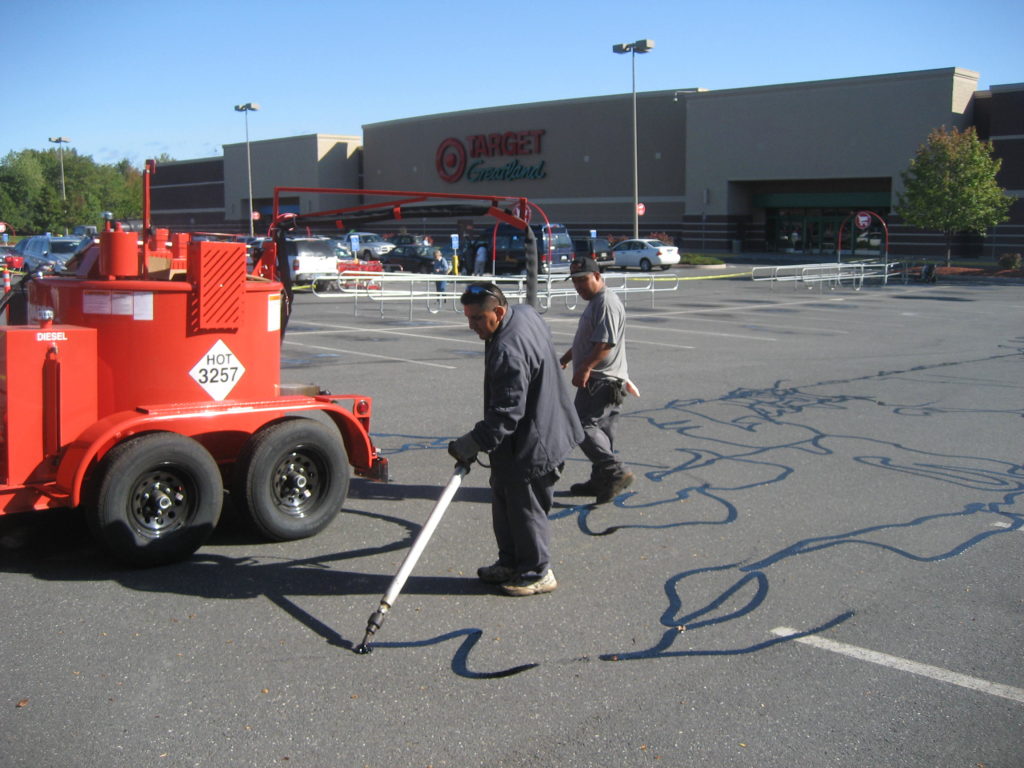
Types of cracking includes:
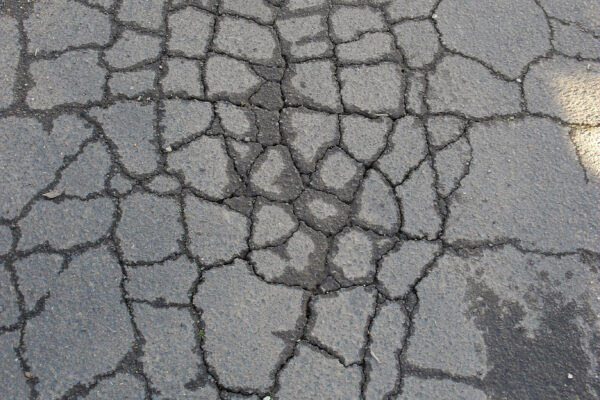
Alligator Cracking
Alligator cracking is a load associated structural failure. The failure can be due to weakness in the surface, base or sub grade; a surface or base that is too thin; poor drainage, or the combination of all three. It often starts in the wheel path as longitudinal cracking and ends up as alligator cracking after severe distress.
Block Cracking
Block cracks look like roughly large interconnected rectangles. This type of cracking is generally caused by shrinkage of the asphalt pavement due to an inability of asphalt binder to expand and contract with temperature cycles. A common cause of block cracking is lack of traffic because steady traffic constantly kneads the pavement, keeping it flexible. Other causes include excessive air voids, low-penetration asphalt, or an overly high plant mix temperature, poor choice of asphalt binder in the mix design; or aging dried out asphalt.
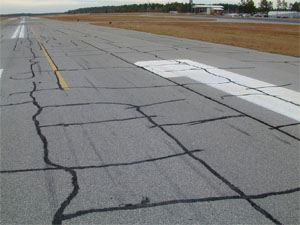

Longitudinal (Linear) Cracking
Longitudinal cracking consists of cracks that are parallel to the pavements centerline or laydown direction. These can be a result of both pavement fatigue, reflective cracking, and/or poor joint construction. Joints are generally the least dense areas of a pavement.
Transverse Cracking
Transverse cracks are single cracks perpendicular to the pavement’s centerline or laydown direction. Transverse cracks can be caused by reflective cracks from an underlying layer, daily temperature cycles, and poor construction due to improper operation of the paver.
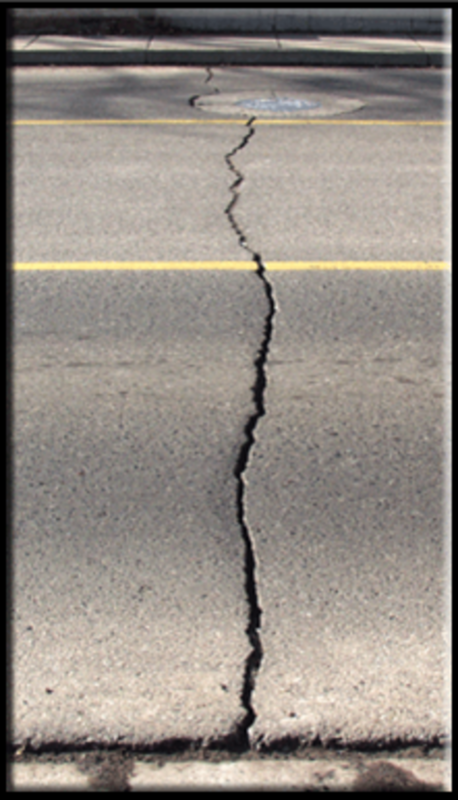

Edge Cracks
Edge Cracks travel along the inside edge of a pavement surface within one or two feet. The most common cause for this type of crack is poor drainage conditions and lack of support at the pavement edge. As a result underlying base materials settle and become weakened. Heavy vegetation along the pavement edge and heavy traffic can also be the instigator of edge cracking.
Joint Reflection Cracks
Joint reflection cracks are cracks in a flexible pavement overlay of a rigid pavement (i.e., asphalt over concrete). They occur directly over the underlying rigid pavement joints. Joint reflection cracking does not include reflection cracks that occur away from an underlying joint or from any other type of base (e.g., cement or lime stabilized).

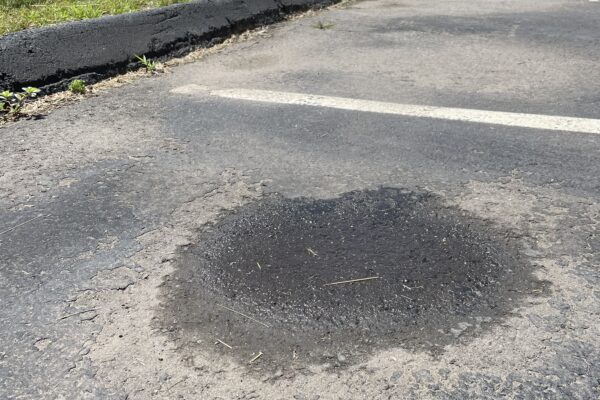
Depressions
Often referred to as “bird baths,” depressions are localized pavement surface areas with slightly lower elevations than the surrounding pavement. Depressions are noticeable after a rain when they fill with water.
